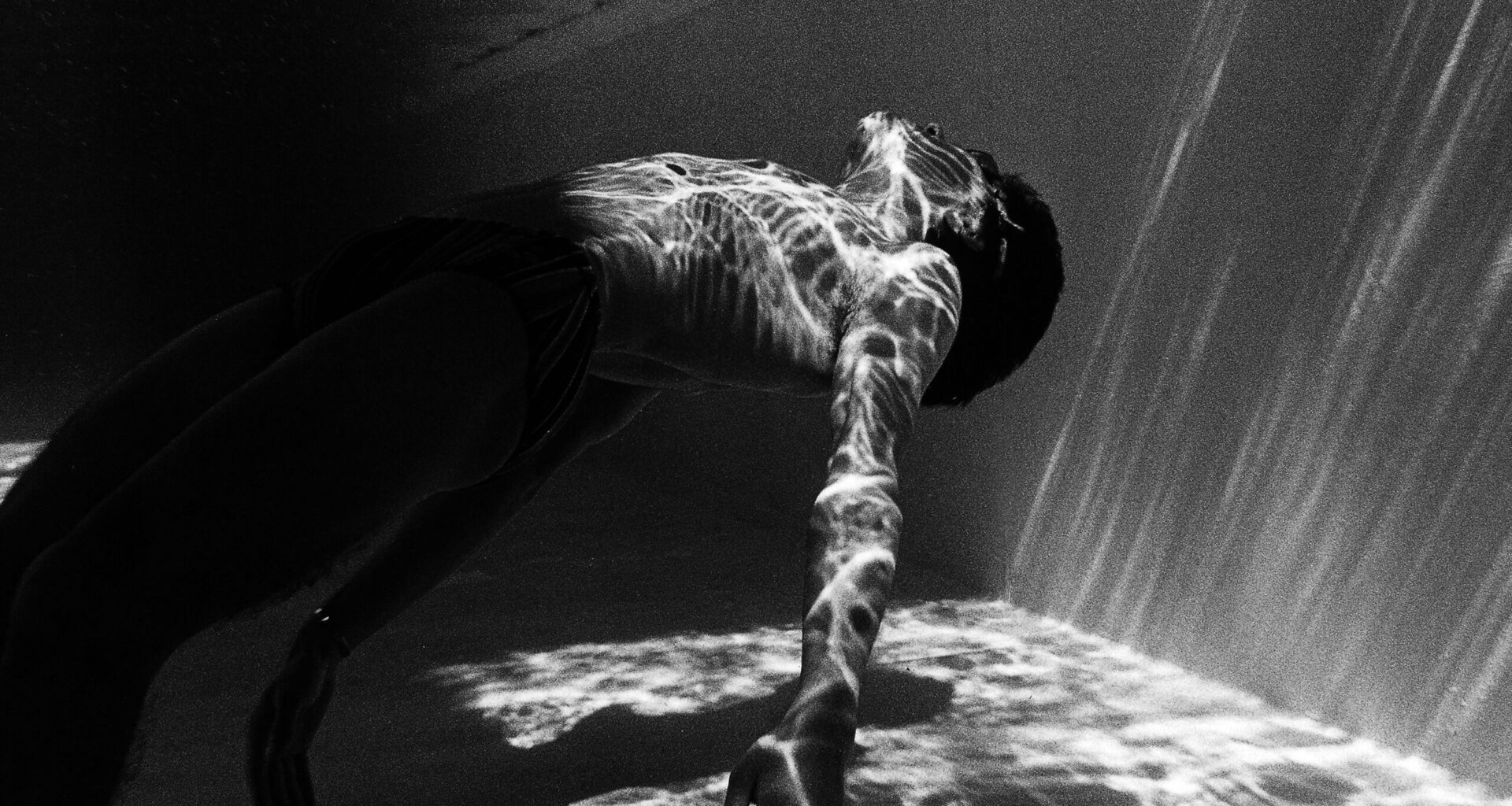At first glance, one might be tempted to think that Kikuji Kawada’s photographs resort to abstraction as an aesthetic artifice, without any deep conviction. In reality, the artist seeks to achieve quite the opposite: through illusion and allegory, he encourages us to take an interest in specific events, in materialities that he perceives as distinct, or in contemporary issues.
This awareness, achieved through metaphor, is at work in the exhibition “Endless Map – Invisible,” which traces more than six decades of creation by a major post-war author, between atomic memory, cosmic disasters, and inner chaos. Presented as part of the Arles Associé program, this proposal is co-produced by Kyotographie and Sigma, with a scenography conceived as an echo of Japanese tradition and the sensory architecture of the work.
“Since photography inevitably cuts off a moment, it also means that one can reconstruct time at will,” says Kikuji Kawada. “When different temporal layers overlap, human psychology, the atmosphere of an era, the state of a society, and even my own mental state all emerge.” Thus, nothing in his images seems anchored in a defined time. Everything with him is a trace, an echo, an erasure. At 92, the photographer continues his exploration of the ghosts of history, through prints always designed by himself, from his Tokyo studio. “He had the final say on everything. His hands and eyes touched every part of this exhibition,” emphasizes his curator and longtime collaborator, Sayaka Takahashi.
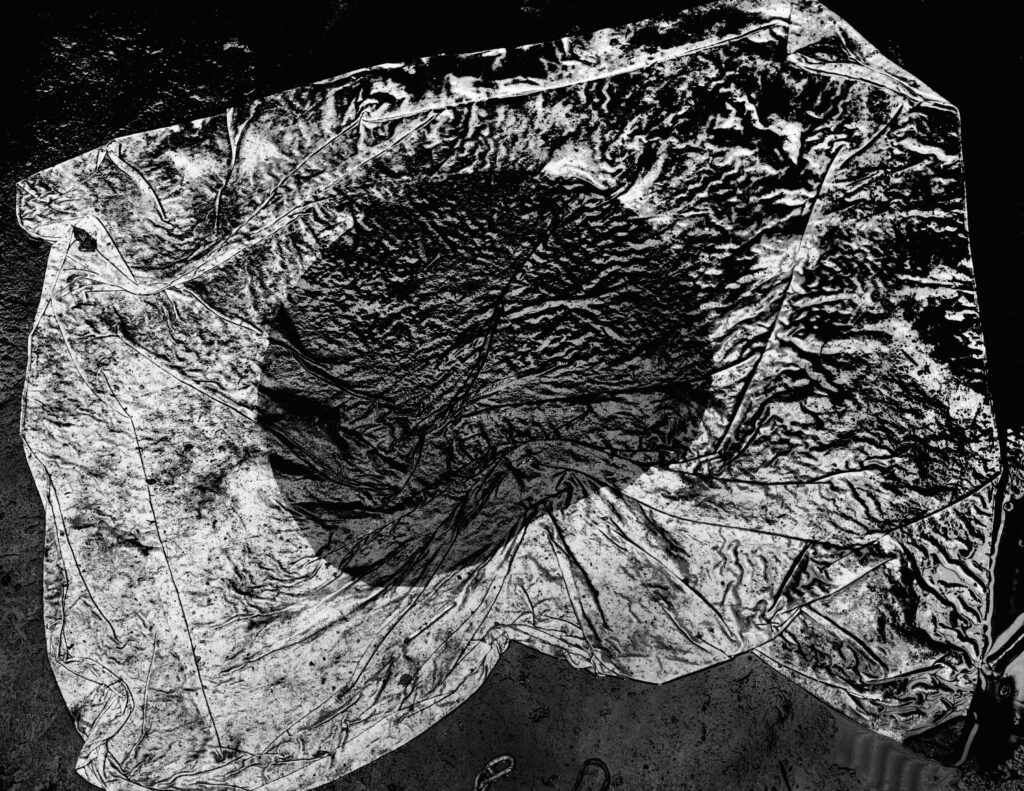
Japanese National Flag, 1959 – 1965, From the series The Map © Kikuji Kawada, Courtesy PGI
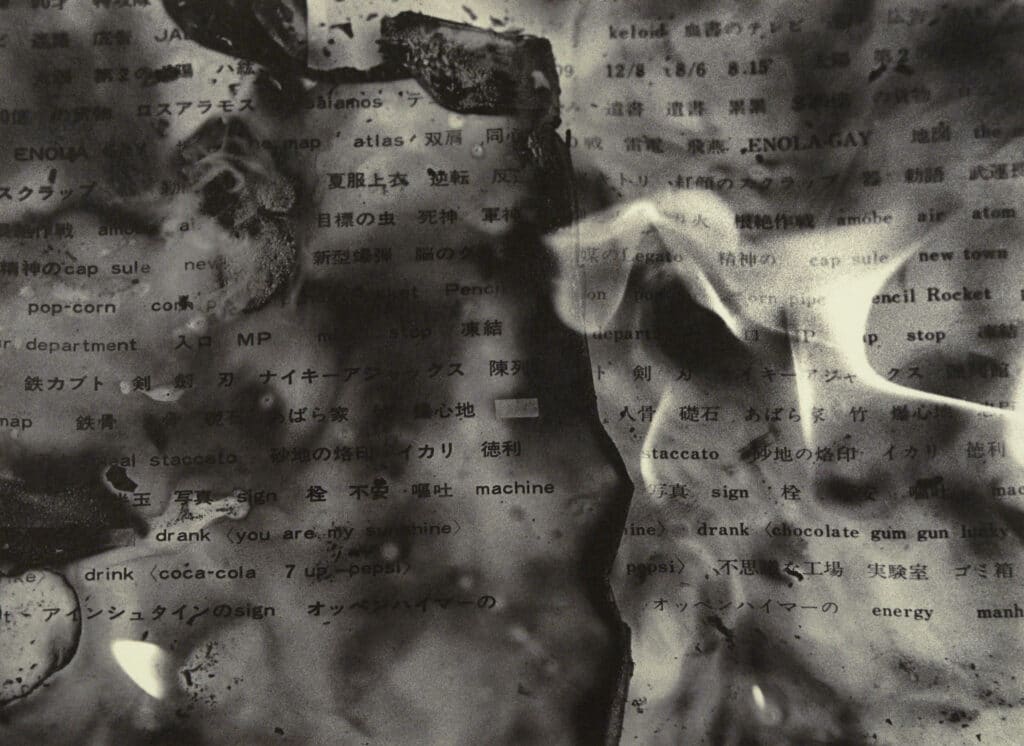
Words Burning Up, 1960 – 1965, From the series Endless Map © Kikuji Kawada, Courtesy PGI
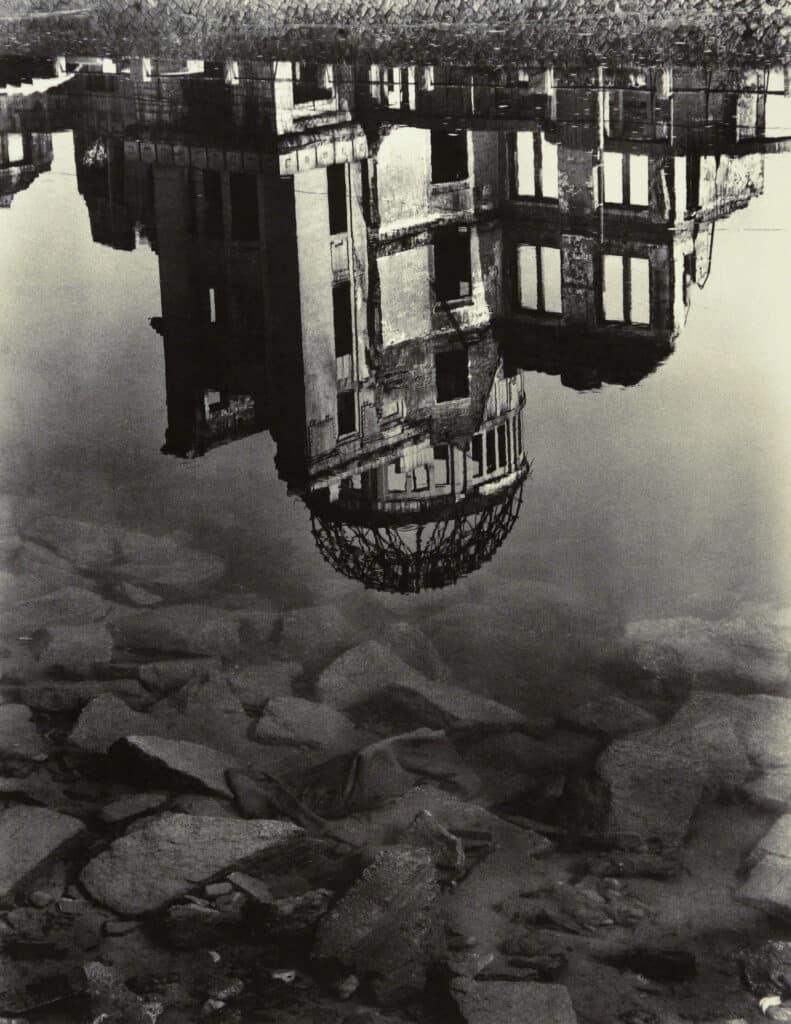
Ohta River, Atomic Bomb Dome, 1959 – 1965, From the series Endless Map © Kikuji Kawada, Courtesy PGI
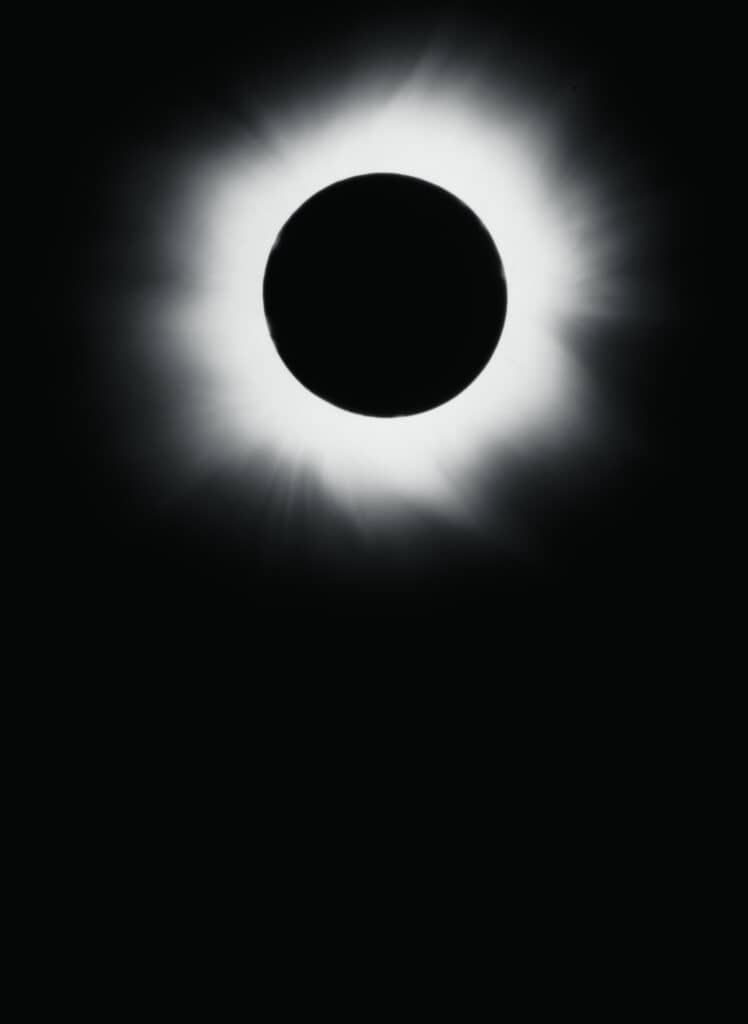
From the series The Last Cosmology © Kikuji Kawada, Courtesy PGI
The heart of the tour is based on The Map, a cult book published in 1965 and now considered one of the pinnacles of Japanese photobooks. In it, Kawada confronts the ruins of Hiroshima, the signs of the American occupation, and the invisible scars of Japan’s defeat. Contrary to the photojournalism of the time, he constructs an elliptical narrative, where the image never shows head-on, but suggests. The photograph becomes a fragment, a stain, a flickering light. “Photography is a multidimensional thing for him. He never used titles like ‘Hiroshima,’ but something abstract, like ‘The Map’, to evoke deeper layers of meaning,” says Sayaka Takahashi. Kikuji Kawada, for his part, explains: “I don’t start with a title or a theme in mind. Then, suddenly, unexpectedly, something, not logically, but intuitively, appears out of nowhere. That’s how it works.” And capturing these unexpected and sudden moments requires daily shooting and careful attention to daylight. I believe this is the only way to proceed.”
The series, recently revisited by the artist under the title “Endless Map,” gives its name to the exhibition. Faced with his rescanned negatives, Kawada perceived a change in light, a perceptual mutation. “The darkroom became a lightroom,” he says. New images were born, imbued with abstraction, silence, and matter. In Arles, these photographs are exhibited flat, in a large square structure, somewhere between the tradition of tokonoma and open architecture.
A photographer and publisher, Kawada has always considered the book as a creative space in its own right. Before devoting himself to images, he worked at Iwanami Shoten, an iconic Japanese publishing house. This culture of form, rhythm, text, and image permeates all of his work. “His selection of words is like a photographic framing,” observes Sayaka Takahashi. “He knows how to combine image and text in a profound, poetic, and precise way.”
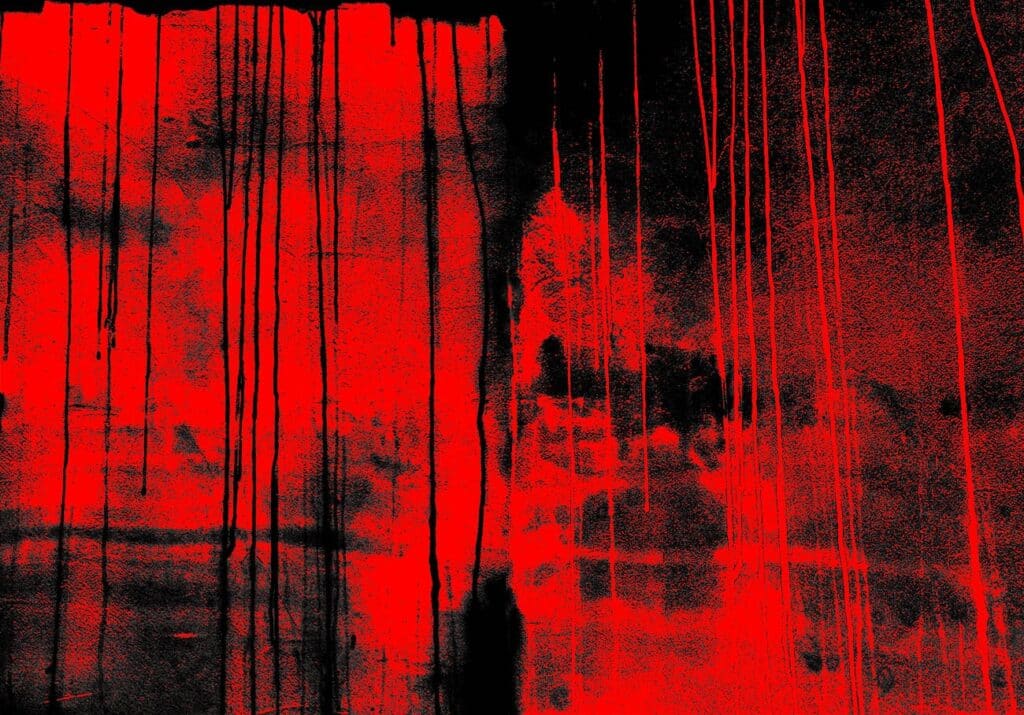
From the series The Map / Visions of the Invisible © Kikuji Kawada, Courtesy PGI
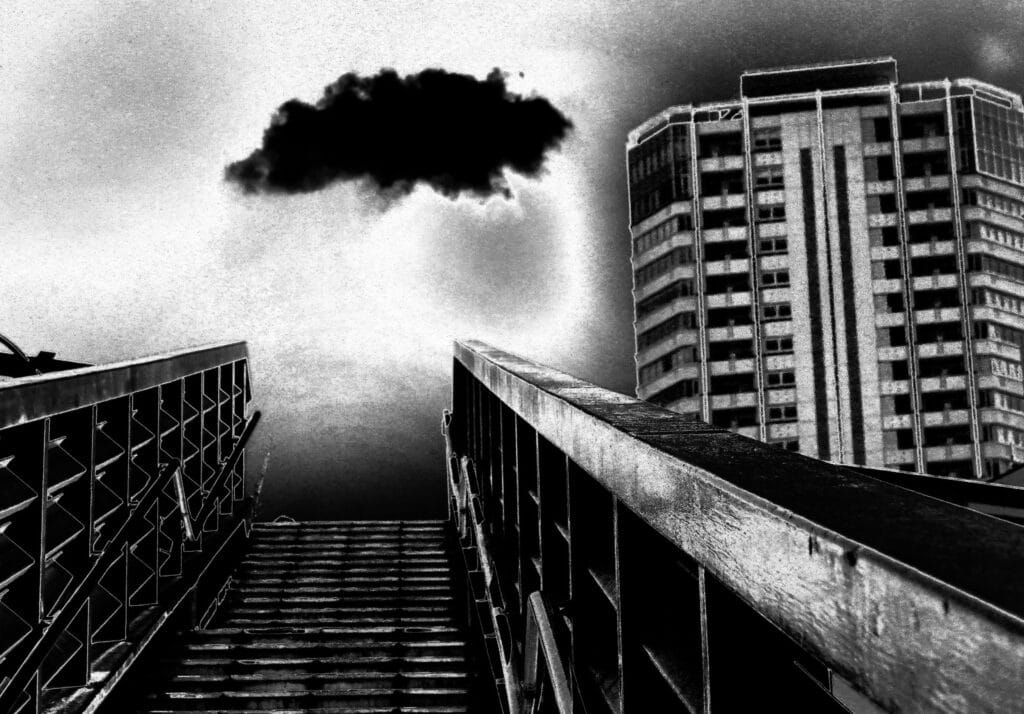
From the series Vortex © Kikuji Kawada, Courtesy PGI
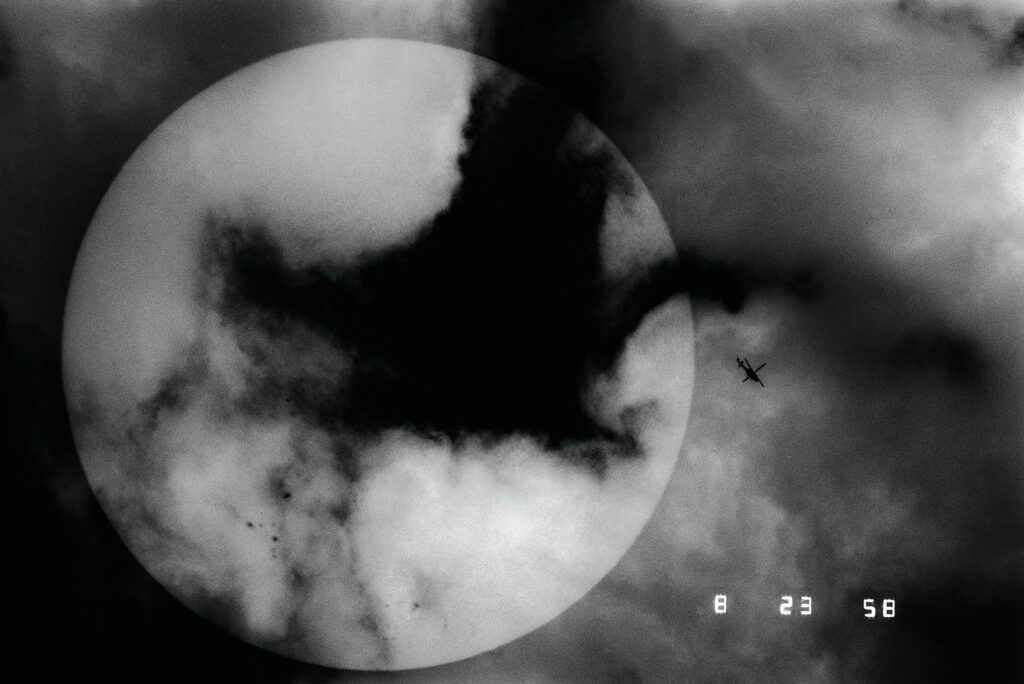
Helio-spot and a Helicopter, Tokyo, 1990, From the series The Last Cosmology © Kikuji Kawada, Courtesy PGI
Other series complete the exhibition in Arles, such as “The Last Cosmology,” a vast meditation on the sky as a place of foreboding. Dense clouds, eclipses, and disturbing halos evoke the tremors of a world in flux. Sayaka Takahashi recounts: “In 2001, he photographed a strange sunset. A few hours later, the World Trade Center towers collapsed. He wasn’t expecting it, but he perceived something unusual in the sky.” Between observation and intuition, his photography captures the prelude to disaster, what the visible struggles to express.
Alongside, “Los Caprichos,” inspired by Goya, Kawada continues his critique of the modern world. Begun in the 1970s, the series explores the mental architectures of a Japan in full economic growth. Grids, cages, visual prisons compose a geometry of confinement. “If I had to rename it today, it would be ‘Endless Map, Unfinished, Continue,’” says the photographer. An expanding body of work, traversed by fear and chaos. Finally, “Vortex” marks a dive into contemporary abstraction. Derived from his daily publications on Instagram, this work translates the vertigo of digital technology, the loss of bearings, the whirlwind of forms. “He is present on Instagram every day, but not like young people. His publications are poetic, published daily, deeply rooted in the history of photography,” says Sayaka Takahashi.
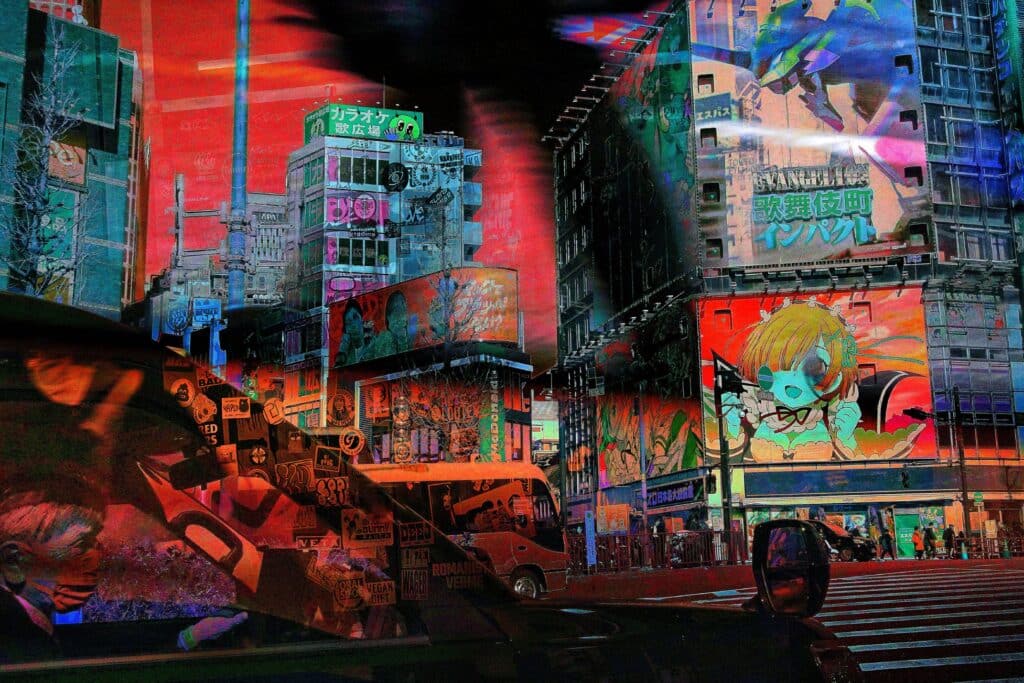
From the series Los Caprichos © Kikuji Kawada, Courtesy PGI
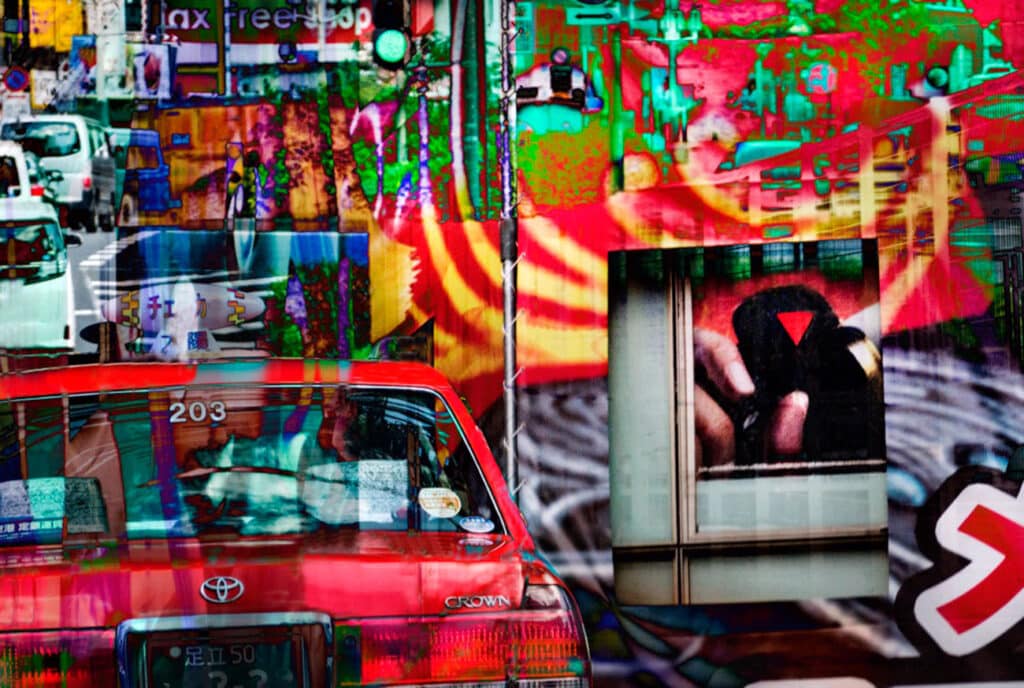
From the series Vortex © Kikuji Kawada, Courtesy PGI
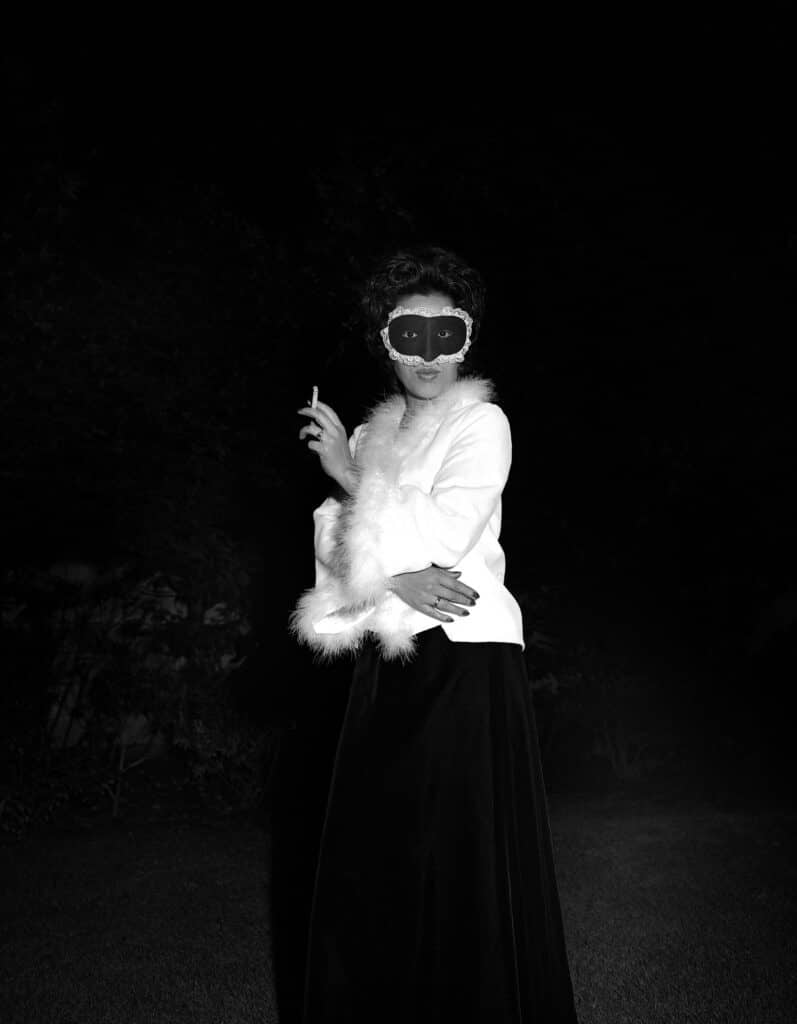
From the series Los Caprichos © Kikuji Kawada, Courtesy PGI
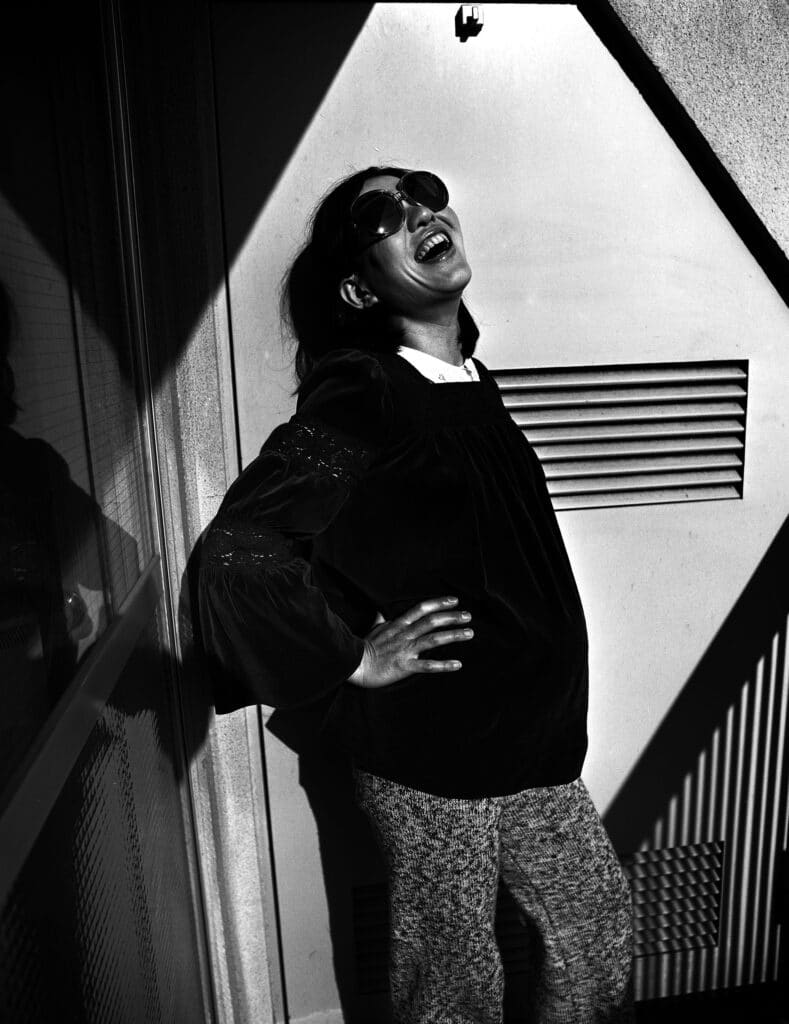
From the series Vortex © Kikuji Kawada, Courtesy PGI
Kawada’s obsessive anxiety about an apocalyptic future, fueled by a deep compassion for humanity, is rooted in his childhood: “I was born at the beginning of the Showa era. I experienced a great war during my childhood, then a period of reconstruction and growth, and now I am slowly approaching the twilight of life. Through my photographs, cosmology is an illusion of the firmament, encompassing both the reality of an era and that of a changing heart.”
Expressive and complex, Kawada’s photographs offer a global vision of a world in motion—a movement, above all, of emotions. Famous in Japan, alongside Eikoh Hosoe, Daido Moriyama, and Nobuyoshi Araki, Kikuji Kawada is finally enjoying some recognition beyond his country’s borders. It’s worth noting that another of his series, “Last Things,” alludes to Paul Auster’s book, In the Country of Last Things, highlighting Kawada’s obsession with a dystopian future populated by lost souls. Kawada also evokes the world of artist Chris Marker and his famous photo novel La Jetée.
While Kikuji Kaxada’s empirical images do not directly convey his intellectual reflections on the future of our civilization, they lend themselves to interpretation. With outstretched arms, a woman floats in water that is partly clear and blue, partly murky and muddy; her eyes are closed, her features relaxed—it is impossible to tell whether she is drawn toward the darkness or carried by happiness and freedom.
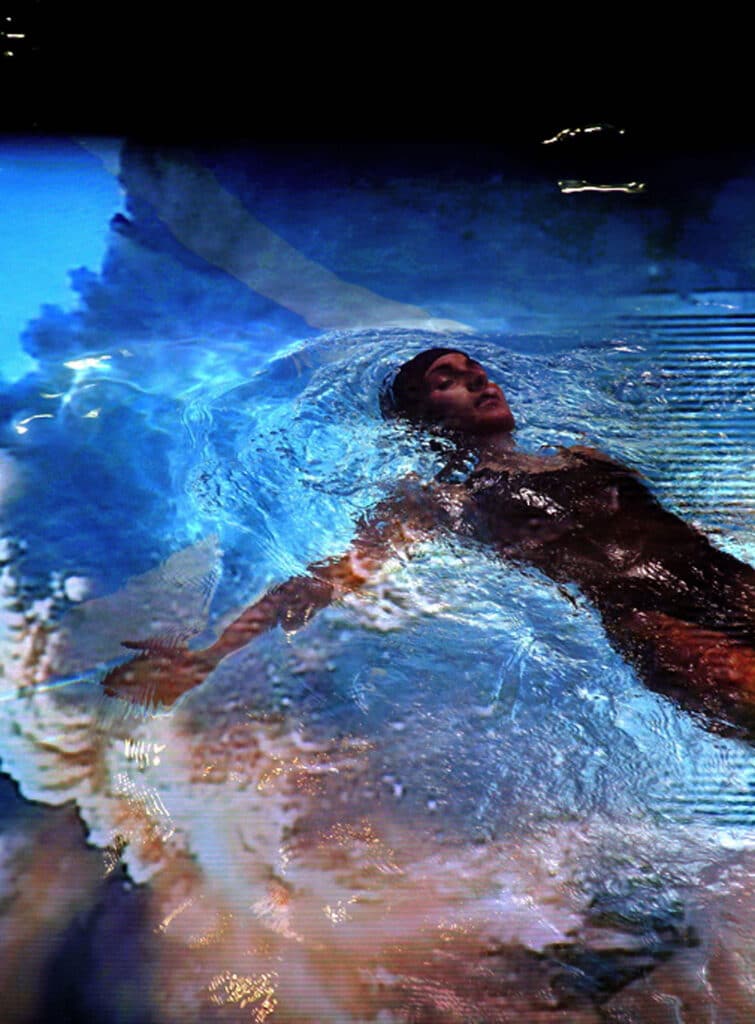
11th September, 2013, Tokyo, 1990, From the series The Last Cosmology © Kikuji Kawada, Courtesy PGI
“Endless Map – Invisible” by Kikuji Kawada is on view until October 3, 2025 at Vague, 14 Rue de Grille, in Arles.
